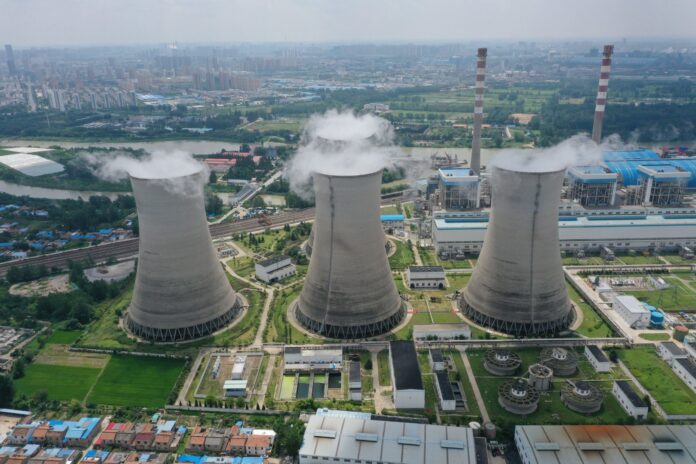Pakistan has been suffocating in the presence of increasing air pollution for the past many decades. Since 1998, the average annual particulate pollution has increased by 20 percent, cutting 0.9 years off the life of the average Pakistani. In Karachi residents would gain 3.6 years, in Lahore residents would gain 5 years and the residents of Islamabad would gain 4 years in average life span if the WHO guidelines on air quality are met. According to an annual global survey, Lahore has jumped more than 10 places to become the city with the worst air in the world in 2022. Much of this rising level of air pollution is due to industrial, agricultural, construction, and vehicular Greenhouse Gas (GHG) emissions. Greenhouse Gases (GHGs) are gases that trap heat in the earth’s atmosphere; this creates a warming effect on the planet’s surface that’s broadly known as global warming. The dual challenges of economic growth and deteriorating environmental quality currently being faced by Pakistan require the development of carbon trading systems and carbon markets.
Carbon markets are trading systems in which carbon credits are sold and bought. A carbon credit represents one ton of Carbon Dioxide or equivalent greenhouse gases that have been reduced, avoided, or removed by a mitigation activity. Pakistan needs the development of a carbon market to fully achieve the various benefits of carbon trading and operate effectively in the global carbon market. The carbon market is a way to increase climate ambition and lower Carbon Dioxide (CO2) levels in the atmosphere by creating a financial incentive to curb emissions. Countries can trade carbon credits, which each represent one tonne of CO2, with each other in a global marketplace. Globally, only 21 percent of emissions are covered by carbon pricing systems. As concerns over climate change grow, NGOs, investors, and other stakeholders are increasingly calling for greater corporate disclosure of GHG information. Setting operational boundaries that are comprehensive with respect to direct and indirect emissions will help a company better manage the full spectrum of GHG risks and opportunities that exist along its value chain.
In this context, carbon accounting is an important tool that can be used to measure GHG emissions reductions and compare it to the emission reduction targets set out in the Paris Agreement. Carbon accounting allows organizations to quantify their greenhouse gas emissions, understand their climate impact and set goals to reduce their emissions. In the future, organizations will have to share their progress with stakeholders or be required to report their carbon emissions by regulatory bodies. Carbon accounting enables companies to report their climate impact.
Carbon markets are trading systems in which carbon credits are sold and bought. A carbon credit represents one ton of Carbon Dioxide or equivalent greenhouse gases that have been reduced, avoided, or removed by a mitigation activity.
Carbon accounting is essential for organizations to understand their carbon footprint, identify opportunities for decarbonization, optimize environmental performance, protect the business against the rising cost of carbon and climate risk, and align with rapidly changing rules, and regulations. Carbon accounting for sustainability improvements supports the identification, choice, introduction and implementation of carbon reduction action plans and measures. These accounts and accounting processes support management in deciding what measures are most effective in curbing carbon emissions and how carbon improvements can be achieved in the most economical way.
As climate change worsens and more investors, regulators, customers, and partners encourage and pressure companies to improve their sustainability, the number of businesses practicing carbon accounting has grown significantly over the past decade. GHG emissions reporting are increasingly becoming an industry-standard requirement for many businesses.
The carbon trading concept is gaining momentum across the world. However, Pakistan is far behind in the global carbon market scenario, and it is the need of the hour that an effective and efficient trading system be set up for GHG emissions for moving forward in the carbon credit and trading sector and achieving economic and environmental sustainability. It will also play a key role in reducing global greenhouse gas emissions cost-effectively and nurturing the green economic sectors.
The need for the development of a carbon trading system in Pakistan is increasing with each passing day and this can only be fulfilled through collaboration across all public-private stakeholders working towards achieving a clean and green Pakistan.





















